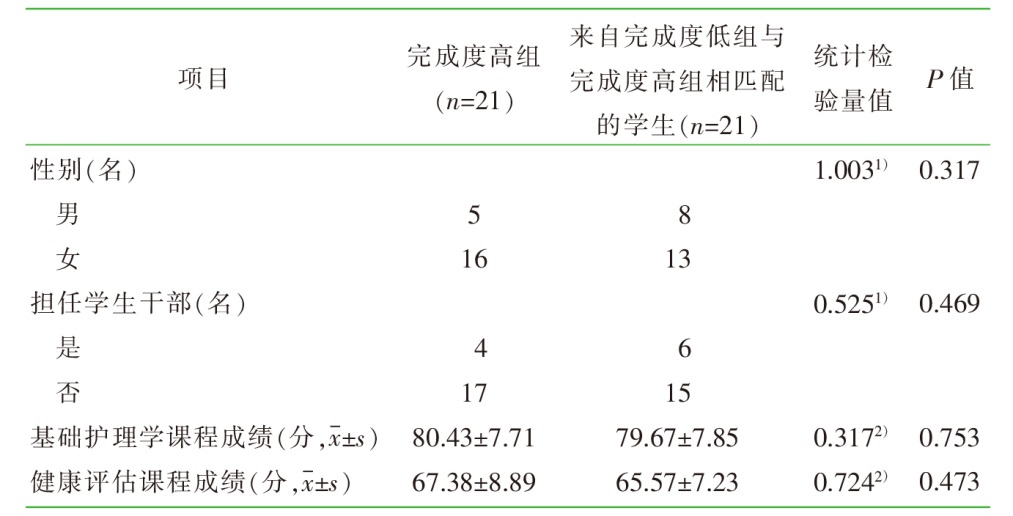| [1] |
李振, 周东岱. 教育知识图谱的概念模型与构建方法研究[J]. 电化教育研究, 2019, 40(8):78-86,113.
|
| [2] |
教育部. 关于印发《高等学校人工智能创新行动计划》的通知[EB/OL]. [2025-04-03]. http://www.moe.gov.cn/srcsite/A16/s7062/201804/t20180410332722.html.
|
| [3] |
教育部. 教育部2022年工作要点[EB/OL]. (2022-02-08)[2025-04-03]. http://www.moe.gov.cn/jyb_xwfb/gzdt_gzdt/s5987/202202/t20220208_597666.html.
|
| [4] |
闫景瑞, 邓为民, 张士杰, 等. 基础医学教育阶段核心课程知识图谱的构建与应用[J]. 中华医学教育杂志, 2024, 44(3):176-179.
|
|
Yan JR, Deng WM, Zhang SJ, et al. Construction and application of knowledge graph of core courses in basic medical education stage[J]. Chin J Med Educ, 2024, 44(3):176-179.
|
| [5] |
吴觉敏, 温弗乐, 张媛媛, 等. 护理学专业线上教学资源建设现状与建议[J]. 中华护理教育, 2025, 22(1):10-15.
|
|
Wu JM, Wen FL, Zhang YY, et al. Current status and suggestions for the development of online teaching resources for nursing education[J]. Chin J Nurs Educ, 2025, 22(1):10-15.
|
| [6] |
张山, 吴瑛. 支气管哮喘患者护理教学内容知识图谱的构建[J]. 中华护理教育, 2024, 21(3):269-275.
|
|
Zhang S, Wu Y. Construction of nursing teaching content for patients with bronchial asthma based on knowledge graph[J]. Chin J Nurs Educ, 2024, 21(3):269-275.
|
| [7] |
罗媛慧, 毛婷, 郭佳, 等. 内科护理学线上线下混合式“金课”建设[J]. 中华护理教育, 2023, 20(3):298-301.
|
|
Luo YH, Mao T, Guo J, et al. Curriculum building of a golden course of internal medicine nursing[J]. Chin J Nurs Educ, 2023, 20(3):298-301.
|
| [8] |
毛婷, 黄莉, 罗媛慧, 等. 院校共建内科护理学优质教学资源的实践和思考[J]. 中华护理教育, 2025, 22(1):16-20.
|
|
Mao T, Huang L, Luo YH, et al. Practice and reflection of co-building high quality teaching resources for Medical Nursing among college and hospitals[J]. Chin J Nurs Educ, 2025, 22(1):16-20.
|
| [9] |
杨智慧, 李兴雯, 闭晓君, 等. 健康评估课程知识图谱的构建及初步应用研究[J]. 中华护理教育, 2024, 21(9):1035-1040.
|
|
Yang ZH, Li XW, Bi XJ, et al. Construction and application of knowledge graph in health assessment course[J]. Chin J Nurs Educ, 2024, 21(9):1035-1040.
|
| [10] |
鲍康宁, 淮盼盼, 金瑞华, 等. 社区护理学课程知识图谱的构建及应用研究[J]. 中华护理教育, 2024, 21(11):1322-1328.
|
|
Bao KN, Huai PP, Jin RH, et al. Construction and application of knowledge graph for Community Nursing course[J]. Chin J Nurs Educ, 2024, 21(11):1322-1328.
|
| [11] |
师咏诗, 钟秋安. 关于医学信息化线上教学的思考[J]. 继续医学教育, 2022, 36(12):25-28.
|
| [12] |
Vrdoljak J, Boban Z, Vilović M, et al. A review of large language models in medical education,clinical decision support,and healthcare administration[J]. Healthcare, 2025, 13(6):603.
|
| [13] |
许亚红, 刘宁静. 基于CiteSpace的我国学习者画像研究热点与趋势分析[J]. 继续教育研究, 2025(4):98-101.
|
|
Xu YH, Liu NJ. The analysis of research hotspots and trends on learner portrait in China based on CiteSpace[J]. Continuing Educ Res, 2025(4):98-101.
|
| [14] |
吉哲, 段莹莹. 多模态知识图谱支持下智慧学习者画像构建和精准教学的应用研究[J]. 信息系统工程, 2025(2):128-131.
|




